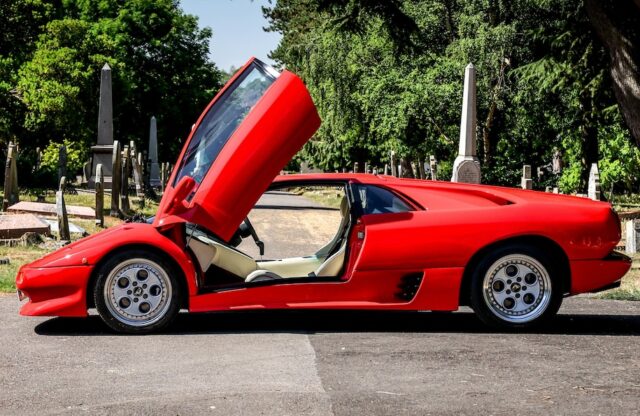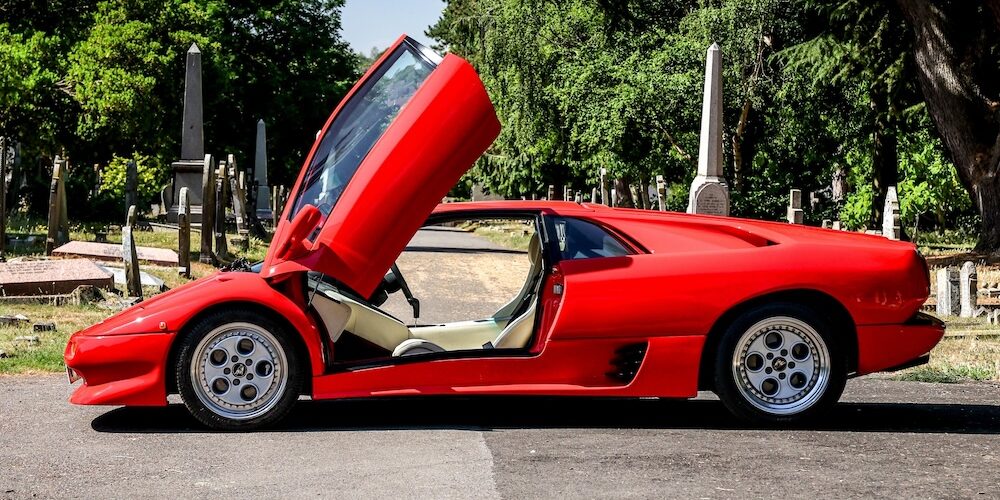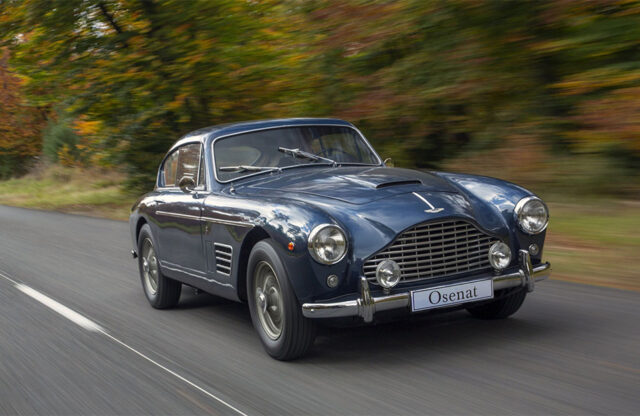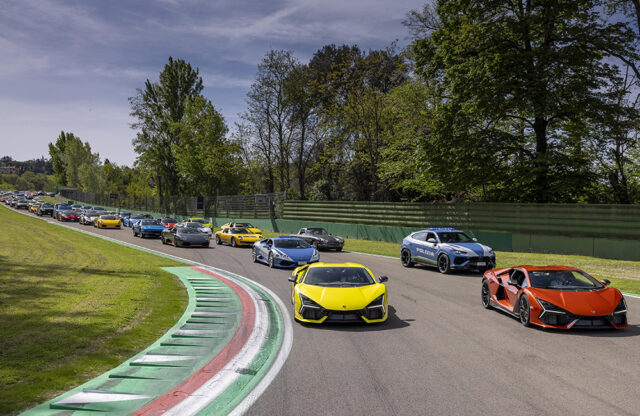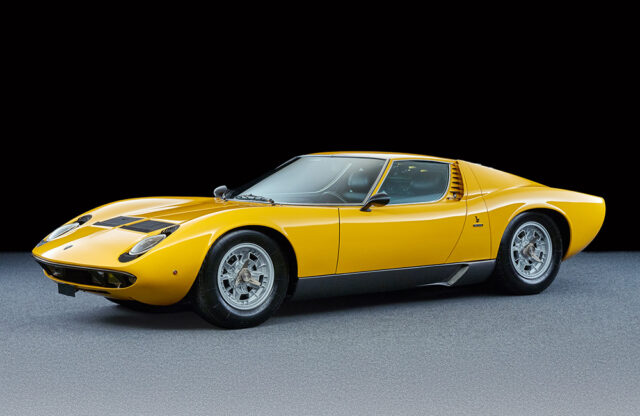Isn’t time cruel? Apparently I drove this 1994 Diablo VT when it last came up for sale with Historic Auctioneers eight years ago. Eight! I can remember the sound of it like it was last week. Heck, I can still almost feel the rumble from its idling V12.
Back then, it had just 8500 miles on the clock. The industrialist owner had bought it new, ordering it through the Portman Lamborghini dealership but collecting it from the Sant’Agata factory due to Portman going out of business. It was one of 11 iconic machines bought by him – and he drove them all, mostly to car shows initially. Then his work took him to Holland and the cars were all moved into secure storage. He later moved to Guernsey – hardly the place for a 2m-wide, 2.65m-long supercar capable of 204mph and 0-60mph in 4.0 seconds.
Now the Diablo VT is back for sale at Historics, at the company’s auction in Windsor, UK on July 19, 2025.
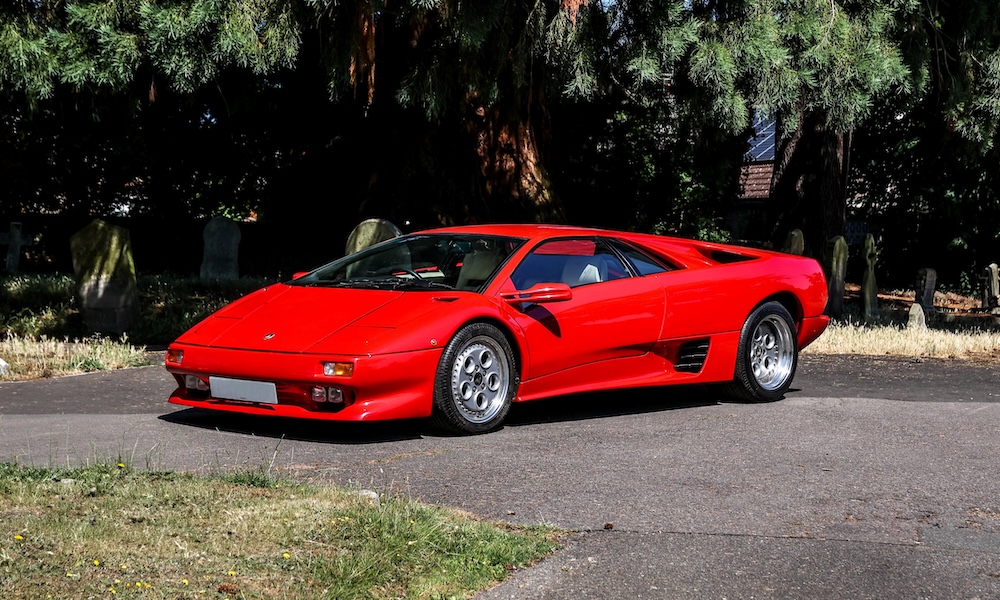
My test of the car eight years ago was the furthest it had been driven for years, but it had been expertly recommissioned and ran perfectly. Diablos are remarkably hardy, much more so than you might assume of an Italian supercar. From the moment I saw it, plumes of condensation rising from its twin exhausts as it warmed up, revs gently rising and falling, I marvelled at its deep engine note and its spotless paintwork.
I noted at the time that the scissor door swung up easily and smoothly, opening up a wide aperture into the cream leather interior. I had to ease past the door and drop down into the seat, but by supercar standards it felt relatively easy. I pulled the fixed-rake seat forwards to get a full movement on the pedals, then pulled it forward some more to be able to reach the steering wheel. Funny how that old cliché of the need for short legs and long arms (the absolute opposite of my build) in Italian cars held true for so long.
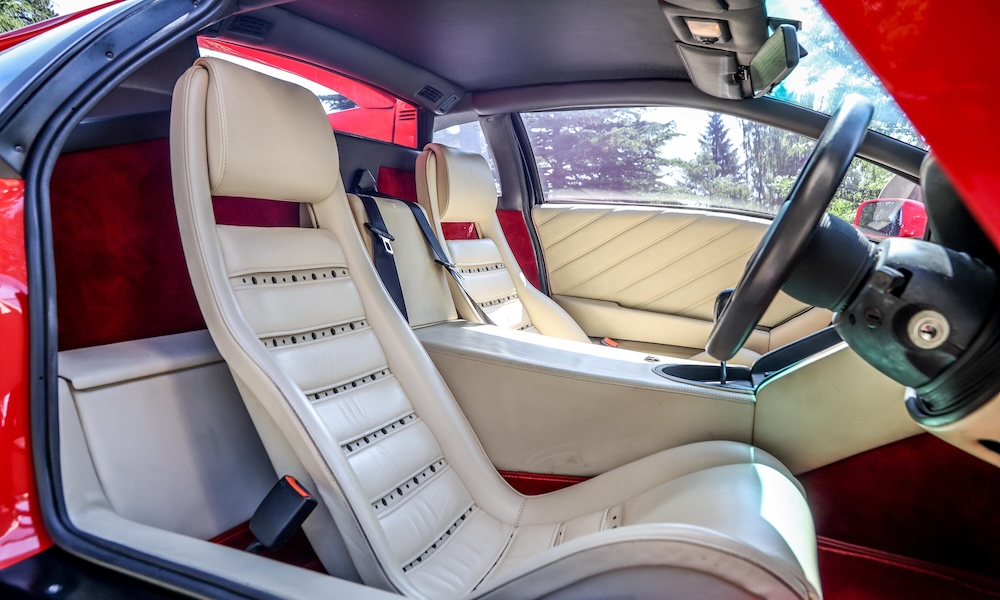
The seatbelt pulled in from the centre because the C-pillar is too far back to allow belt fixings there. The door pulled down as easily as it opened, clicking shut with a light, smooth action. Even with the door shut, the cabin felt light and roomy, helped by the cutaway fascia that swoops away around the driver’s and passenger’s knees. The air-con and stereo controls were a long reach away, and the edge of the roof felt uncomfortably close, but it was otherwise ergonomically good.
Behind me, the engine was whirring and rumbling. The clutch was short and heavy in action, and perfectly complemented by the open gate of the equally short-heavy movement of the gearshift. First in a Diablo is on a dogleg, far left and back, and with the gearbox cold it took some persuasion – better to nip into second and then to first if it’s being difficult. The power steering felt very welcome, because without it any manoeuvring would be especially hard work given that my arms were quite a stretch from the wheel.
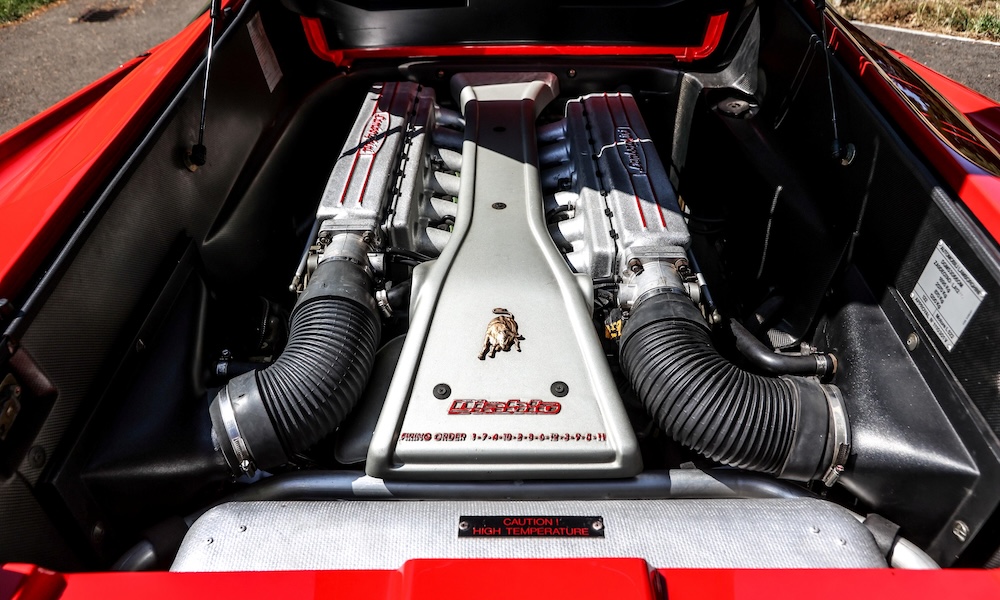
The Diablo pulled away gently, accompanied by only a slight rise in the whirring and rumbling from behind. So much torque from that 5.7-litre 492bhp quad-cam V12. Again, my test-drive notes mentioned blind spots but only to the areas just over either shoulder – the short nose, huge windscreen and deep side windows, combined with the decent-sized rear window right behind the occupants’ heads, make the Diablo one of the easiest supercars to see out of.
The gearshift needed to be very firmly moved around the gate, although the heavy action lightened as the transmission oil warmed and thinned. Second felt good for pootling through the lanes, then it was into third as the roads widened, before an open stretch allowed a firmer press of the accelerator.
Until that point the Diablo has been remarkably civilised, quiet and smooth-riding, the engine barely revving beyond 2000rpm. But pushed harder, the mechanical whirrings were drowned out by a stereophonic roar that seemed to transmit throughout the structure, most notably through the roof pillar that suddenly felt very close to my right ear. Despite suddenly travelling much much faster, the Diablo’s active suspension absorbed every bump with wonderful suppleness, and the steering wheel did a decent job of conveying what was going on.
Even now, eight years on, I don’t think I’ve ever known a car that goes from quiet to (very) loud so quickly, and so honestly, without the feeling that I’m simply being treated to aural engineering trickery. It seems that the Diablo just can’t hide its monstrous power, and it’s all the better for that.
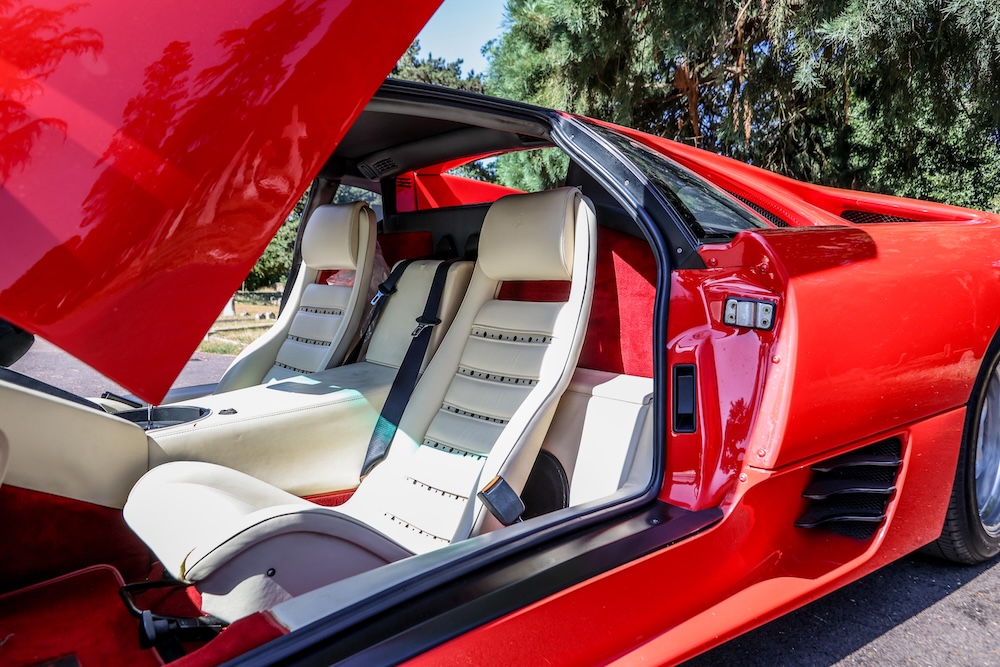
I also remember that despite my initial concerns at the sheer size of the Diablo, it never felt cumbersome. Much of that was down to the cab-forward design, first penned by Marcello Gandini and then (to his disgust) tamed by Chrysler’s stylists. The length of the Diablo is mainly in the rear, though, with that inline 48-valve V12 stretching out behind the cabin so very far. It’s the same basic engine as the Miura’s, but enlarged, more powerful and turned 90 degrees.
I’d almost forgotten that this car is a VT, too – in other words, four-wheel drive. Even then, I know I was barely aware of the drive to the front wheels, which only ever receive a maximum of 25 percent of the power, and only when the rears are losing traction, so it’s no surprise that this didn’t register deeply with me. And I only drove it in the dry, when the chances of those huge rear tyres losing traction was minimal.
This car, along with a friend’s later 6.0 model, changed my feelings about Diablos. It felt every inch a real supercar, far more involving and needful of driver input than any modern equivalent, but it also just about civilised enough to live with – despite the wonderfully outrageous looks and body-shaking sound.
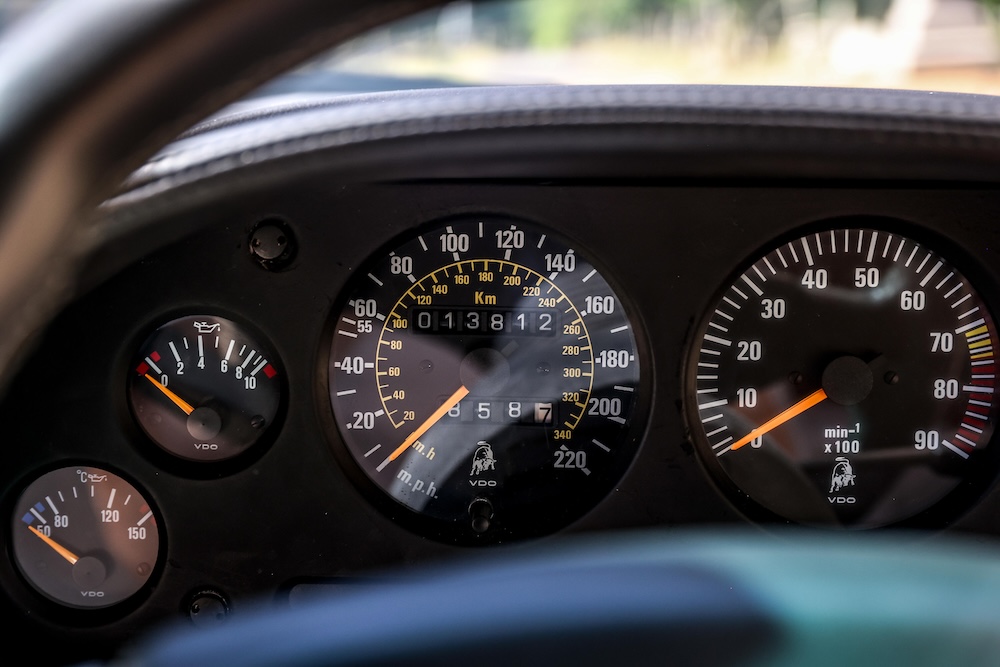
How would this car feel now? Pretty much the same, or better, I suspect, because it’s just had another batch of extensive recommissioning work – and it’s still only covered 8500 miles. More accurately, since I drove it, it’s gone from 13,622 to 13,792km.
Take a look at it on the Historics site, where it’s estimated at £180,000-£210,000.
